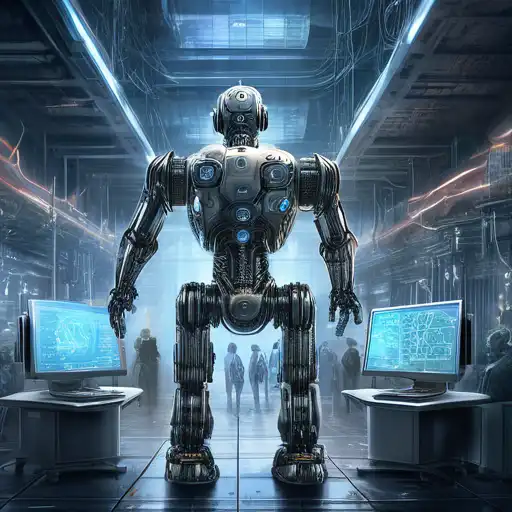Understanding AI and Machine Learning
In the realm of technology, Artificial Intelligence (AI) and Machine Learning (ML) are two of the most buzzworthy terms. While they are often used interchangeably, they represent distinct concepts with unique applications and implications. This comparative study delves into the nuances of AI and ML, shedding light on their differences, similarities, and how they are shaping the future of technology.
What is Artificial Intelligence?
Artificial Intelligence is a broad field of computer science focused on creating systems capable of performing tasks that typically require human intelligence. These tasks include problem-solving, understanding natural language, recognizing patterns, and making decisions. AI can be categorized into two types: narrow AI, which is designed for specific tasks, and general AI, which can understand and learn any intellectual task that a human being can.
What is Machine Learning?
Machine Learning, a subset of AI, involves the development of algorithms that allow computers to learn from and make predictions or decisions based on data. Unlike traditional programming, where humans explicitly code the behavior of software, ML enables systems to learn and improve from experience without being explicitly programmed for every task.
Key Differences Between AI and Machine Learning
While AI aims to simulate human intelligence across a wide range of tasks, ML focuses on enabling machines to learn from data to perform specific tasks more effectively. Here are some key differences:
- Scope: AI has a broader scope, aiming to replicate human intelligence, whereas ML is specifically about learning from data.
- Dependency: AI systems can function without ML, but ML is a pathway to achieving AI.
- Applications: AI applications range from robotics to natural language processing, while ML is often used in data analysis, predictive modeling, and recommendation systems.
How AI and Machine Learning Work Together
Despite their differences, AI and ML complement each other in many ways. ML algorithms are often the building blocks of AI systems, enabling them to learn from data and improve over time. For example, AI-powered chatbots use ML to understand and respond to human language more effectively.
Future Trends in AI and Machine Learning
The future of AI and ML is incredibly promising, with advancements in deep learning, neural networks, and quantum computing paving the way for more sophisticated and capable systems. As these technologies continue to evolve, we can expect to see more personalized and intelligent applications across various industries, from healthcare to finance.
Conclusion
AI and Machine Learning are transforming the way we live and work, offering unprecedented opportunities for innovation and efficiency. By understanding the differences and synergies between these two fields, businesses and individuals can better leverage their potential to solve complex problems and create value in the digital age.
For more insights into the latest tech trends, check out our tech trends section.
